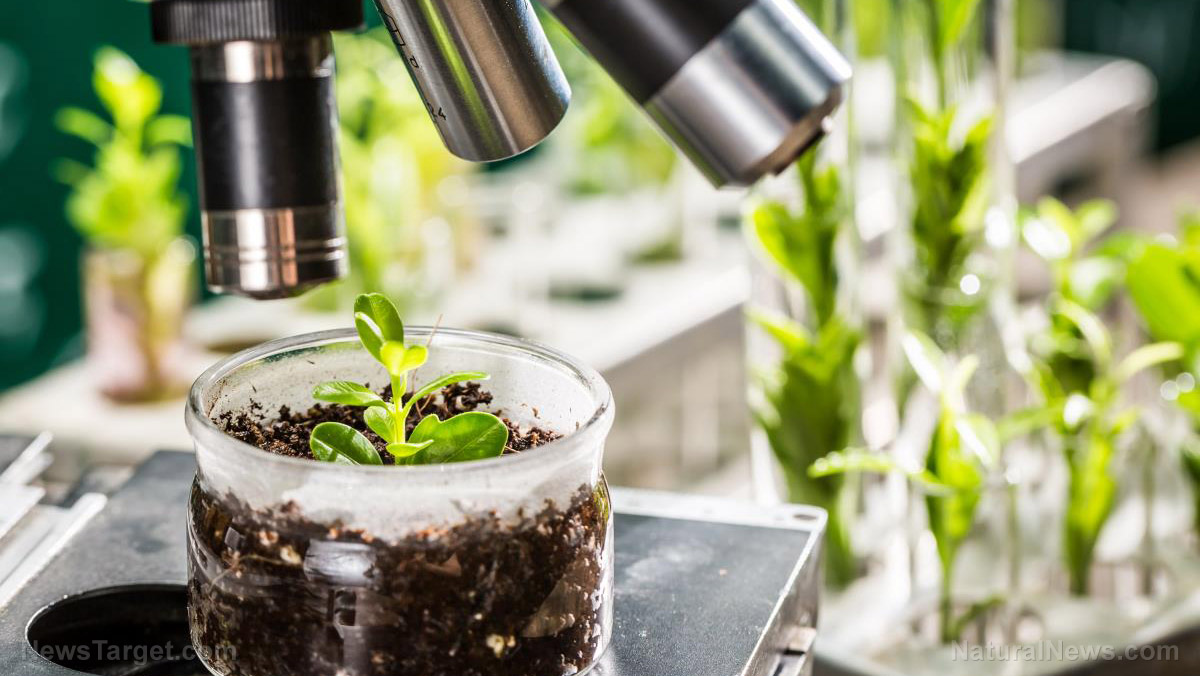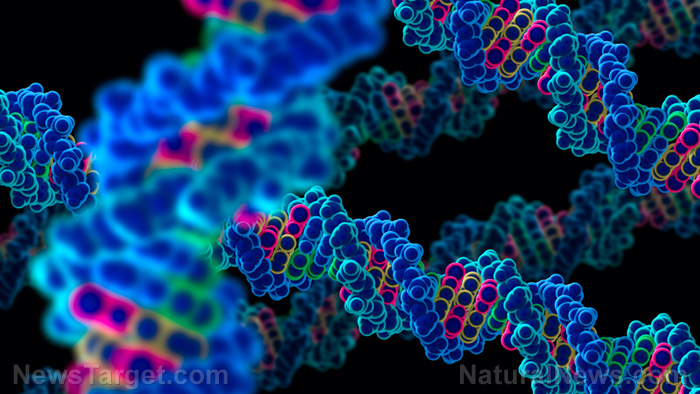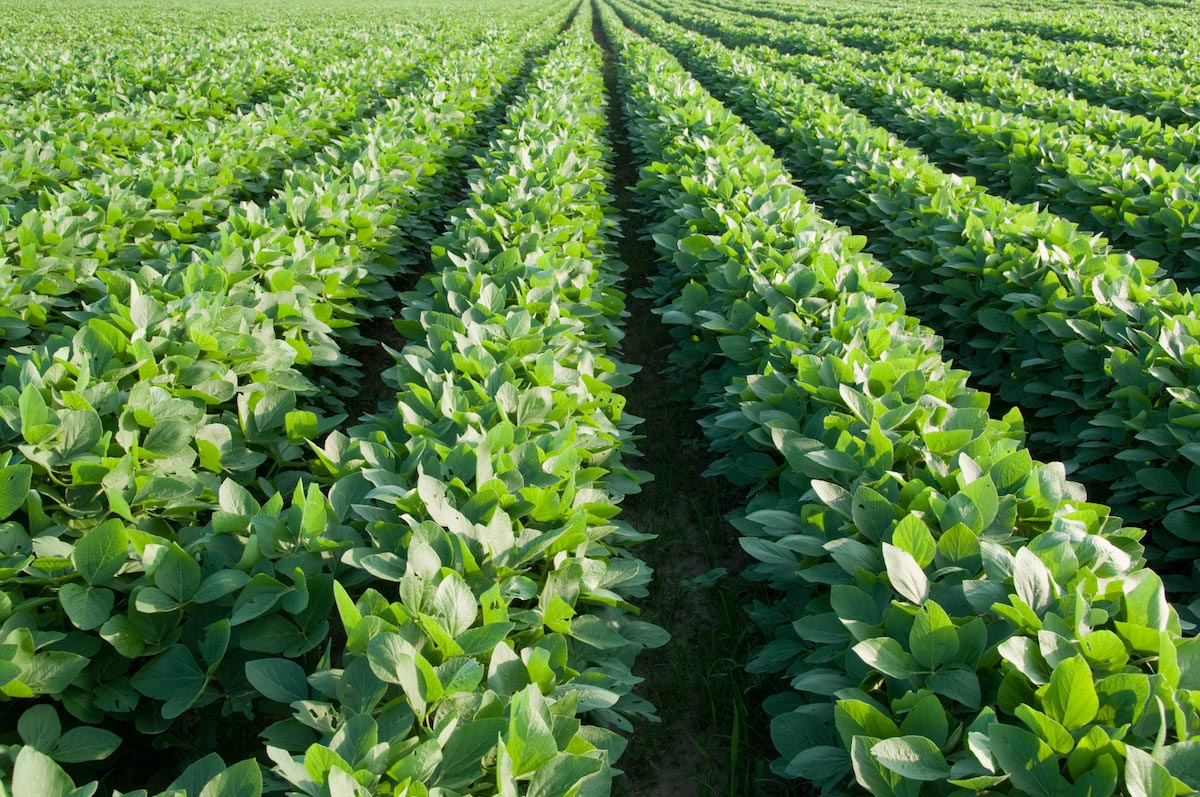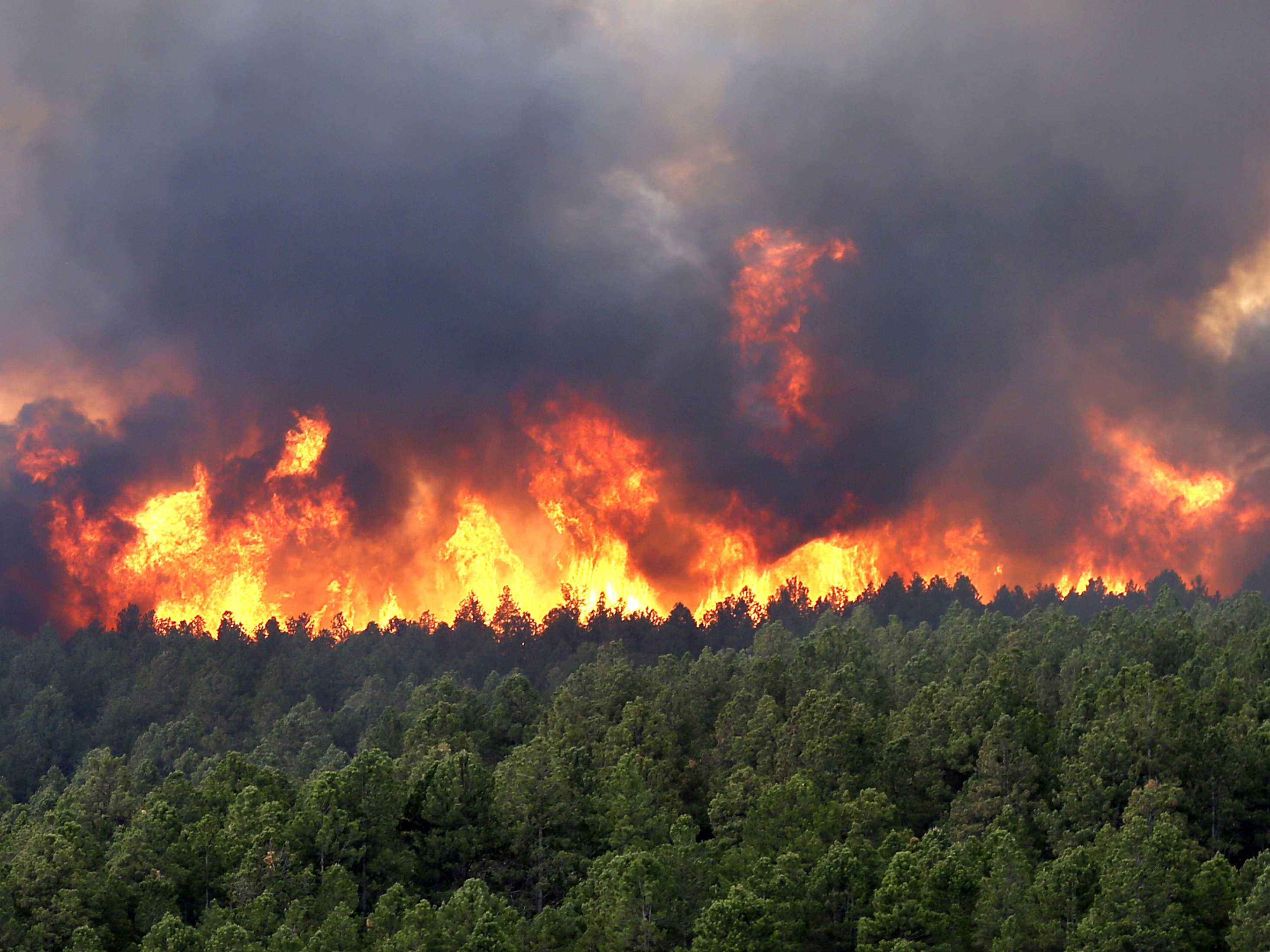Bacterial populations use seepage water to travel between the surface and subsoils
09/18/2020 / By Evangelyn Rodriguez

In this study, German researchers investigated the mobilization of certain bacterial populations present in the soil after dynamic hydraulic events. Their findings were published in the journal Soil Biology and Biochemistry.
- During extreme precipitation events, substantial amounts of organic matter are mobilized, resulting in fluxes in carbon from the topsoil to deeper mineral soil and groundwater.
- This organic matter, called mobile organic matter (MOM), also consists of soil microbes.
- A previous study showed that specific bacteria associated with the rhizosphere — the area around a plant root inhabited by a unique population of microorganisms — of decaying maize roots were selectively transported with seepage water when snow melted in winter.
- This event is only one of the many effective but poorly understood mechanisms of microbial transport for living root systems.
- For their study, the researchers sampled bacteria in seepage water from lysimeters at an experimental maize field after extreme rain events in summer.
- They found that a distinctive subset of bacteria associated with the rhizoplane — the region where the root comes into contact with soil — was mobilized after the rain.
- These bacterial populations included members of the phylum Bacteroidetes, which serve as microbial conduits for fresh plant-derived carbon to reach deeper soil layers.
- The researchers observed no marked distinctions of seepage communities between lysimeters with a different relative contribution of preferential vs. matrix flow.
- Time-resolved analyses of seepage water during artificial rain revealed patterns in the mobilization of certain microbes.
- While members of the phyla Chitinophagaceae, Sphingomonadaceae and Bradyrhizobiaceae mobilized in early and late seepage fractions, members of Parcubacteria and Microgenomates mobilized mostly in intermediate fractions.
- The researchers also noted that the recovery of amended fluorescently labeled Arthrobacter globiformis, a beneficial soil microbe, was low (0.2 to 0.6 percent) over seepage events.
Based on these findings, the researchers concluded that mobilized bacteria have the potential to influence bacterial activities and communities in subsoils. This highlights the need to better understand how dynamic hydraulic events influence soil microbial populations and communities, as well as the movement of carbon in the soil.
Journal Reference:
Zhang L, Lehmann K, Totsche KU, Lueders T. SELECTIVE SUCCESSIONAL TRANSPORT OF BACTERIAL POPULATIONS FROM ROOTED AGRICULTURAL TOPSOIL TO DEEPER LAYERS UPON EXTREME PRECIPITATION EVENTS. Soil Biology and Biochemistry. September 2018;124:168–178. DOI: 10.1016/j.soilbio.2018.06.012
Tagged Under: environment, organic farming, organic matter, rain, research, seepage water, soil carbon, soil health, soil microbes, soil nutrients
RECENT NEWS & ARTICLES
COPYRIGHT © 2017 REAL SCIENCE NEWS



















